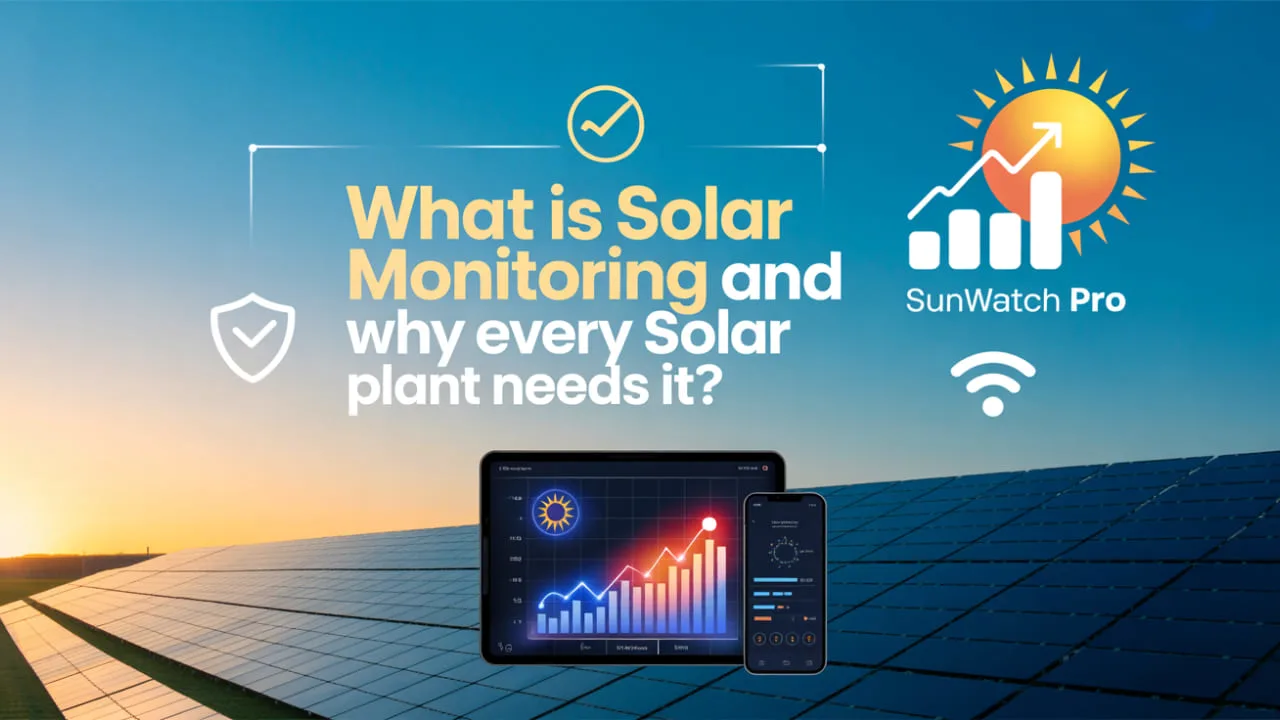14/10/2025
Blogs
IoT Based Real-Time Weather Monitoring and Forecasting
IoT Based Real-Time Weather Monitoring and Forecasting

Have you ever been baffled by a sudden weather change while driving on a sunny day, only to be caught in a storm a mile later? Or have you experienced the unpredictable weather patterns common in mountainous regions?
If you've nodded yes to any of these questions, you're in the right place!
Welcome to the Internet of Things (IoT) era, a groundbreaking advancement that facilitates seamless machine-to-machine communication in diverse fields - from connected cars and smart cities to weather prediction systems and intelligent homes. This technological revolution is reshaping how we interact with the machines around us.
One compelling application of IoT technology is in weather monitoring systems. This innovation has opened up new avenues for organizations to develop smart, efficient solutions for weather prediction. Companies are increasingly embracing intelligent management systems, refining the precision of weather forecasts. This evolution has given birth to the 'Weather of Things,' where data is gathered from various sources such as drones, connected vehicles, wireless signals, and other IoT-enabled devices.
So, are you ready to explore the fascinating world of IoT Weather monitoring systems? Let's dive in.
IoT Weather Monitoring System
In light of the increasingly unpredictable climate changes, traditional weather forecasting has struggled to maintain accuracy and reliability. Because of this, weather reporting systems have taken on an essential role in continuously tracking climate variations and weather conditions, especially in critical sectors like residential areas, industries, and agriculture.
Such systems fall under the category of 'smart environments,' which are areas equipped with an array of sensor devices, microcontrollers, and specialized software applications. These smart environments monitor and adapt to various conditions, offering a self-regulated and protective setting.
In IoT weather monitoring systems, many sensors measure key environmental variables, including temperature, carbon dioxide levels, and relative humidity. Once these metrics are captured and transmitted to a dedicated web page, they are displayed as graphical statistics. One of the major advantages of this system is its global accessibility, thanks to the internet. The data can be viewed and analyzed from virtually anywhere in the world. Additionally, the embedded system within the platform offers users the flexibility to specify different criteria and store this vital information securely in cloud storage.
IoT-Based Weather Monitoring System Block Diagram
Applications in this domain are generally categorized into two types: Event Detection-based and Spatial Process Estimation.
The core of this ecosystem is a microcontroller, which serves as the central processing unit. All sensors—for instance, those measuring humidity and temperature—are connected to this microcontroller. Once a secure connection with the server device is established, data collected from these sensors, strategically placed in designated areas, is instantly transmitted to the web server. This data is subsequently uploaded and stored on a website database through Wi-Fi modules.
The system can be managed and observed via its dedicated web server page, which furnishes real-time information on variations in humidity, temperature, and CO levels in the location where the monitoring device is deployed. This data is then securely saved to the cloud, making it accessible for ongoing analysis and monitoring. Periodic recordings of temperature, humidity, and carbon monoxide levels are made and stored in the cloud. This allows for constant monitoring of these parameters at a specific location at any given time.
Areas Benefiting from Weather Forecasting System Using IoT
A precise weather report serves its immediate purpose and has a ripple effect across various economic sectors. This amplifies the demand for a system capable of high-accuracy real-time monitoring and predictive forecasting. But what are the specific industries that stand to benefit from an IoT-based weather reporting system? Let's delve into a few:
1. Agriculture
Given the evolving global agricultural trends and warnings about natural resources, the need for technology in farming has never been greater. Practices like soil preparation, sowing, irrigation, and harvesting are heavily weather-dependent. IoT technology is coming to the rescue, empowering farmers susceptible to weather risks by providing actionable insights for improving crop yield and cost efficiency. Real-time data also facilitates smarter supply chain management, especially in transporting perishable goods, thereby boosting productivity and efficiency.
2. Manufacturing
A manufacturing facility's location and climatic conditions can subtly but significantly affect the final product. For instance, minor fluctuations in temperature and humidity can influence how industrial adhesives bond, directly affecting the quality of the finished goods. A machine that operates at 100℉ will have a drastically different lifespan if used in environments with significant temperature variances. An IoT-based weather reporting system offers businesses a clearer view of their key assets' condition, enabling them to better plan for maintenance and respond proactively to asset failures.
3. Automotive
In our modern world, cars are becoming sophisticated computers on wheels. These vehicles continuously collect data on driving patterns and the condition of various components. When this data is synthesized with real-time weather analytics, it provides a comprehensive understanding of how weather conditions influence driver behavior and safety under various circumstances.
Conclusion
Worries about climate change and its impact on agriculture have led to the adoption of more accurate and intelligent farming methods. These innovative approaches leverage cutting-edge technologies, including the Internet of Things (IoT), satellite-based remote sensing, artificial intelligence, and machine learning.
By employing various IoT sensors, farmers can collect and scrutinize data related to temperature, rainfall, soil composition, and other conditions vital for crop growth. When processed through machine learning algorithms, this information uncovers patterns and relationships among multiple weather variables. This, in turn, enables farmers to take timely actions—such as implementing additional irrigation or initiating pest control measures—exactly when they're most needed.
10/10/2025
03/10/2025
08/09/2025
18/08/2025









